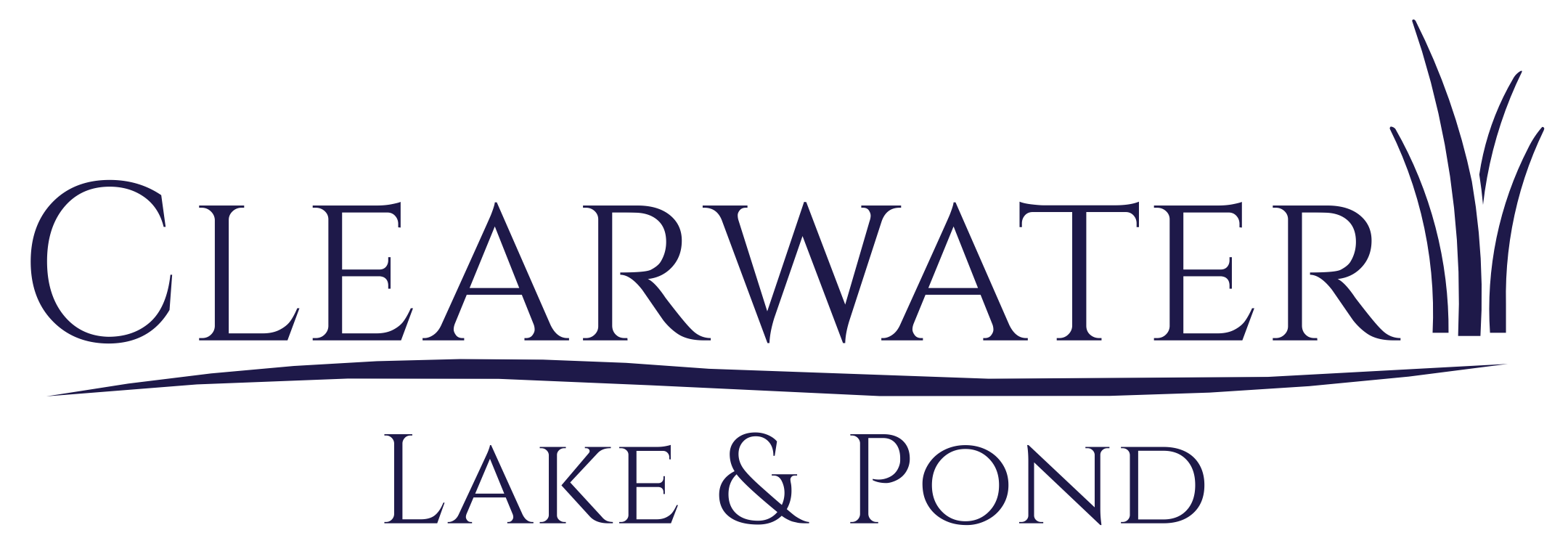
The mid to late summer period (July-August) is the time we get asked, “What is going on with all this algae?” or “Why is my pond green?” or “My pond turned colors overnight.”
1. Algae or aquatic weed growth does not necessarily mean you have a problem – This is referring what you, the owner(s), want or the goals you have for the pond or lake. As aquatic management professionals, we have to know what you want from your pond in order to develop a management program for you. Example – If you are managing for trophy bass, then you may want to encourage plankton growth as this is the very beginning of the food chain for the fish. If the waterbody is always in the public eye or on a high end golf course, then even a little algae/plant growth can be bad for aesthetics. So, always consult with an aquatic professional to determine the best methods for management.
2. Nutrients are the cause of your plant/algae growth – Ponds and lakes revolve around nutrients and oxygen (dissolved). The key is keeping a balance of water quality parameters. Nutrients are good, but too much of a good thing is a bad thing. The addition of nutrients stimulates the growth of aquatic life. Weed and algae species require nutrients to flourish; mainly nitrogen, phosphorous, and potassium in the largest quantities. Nutrients enter the system many different ways including stormwater runoff, lawn maintenance practices, geese droppings, and decaying organic matter. All organic material releases nutrients back into the ecosystem when it is decomposed. Adding all those nutrient pathways up over many years you can start to see why aquatic systems can become overloaded with nutrients (eutrophic). Start limiting the nutrients and you can start controlling nuisance weed growth.
Contact Clearwater Lake & Pond for more consultations and to learn how we can help you with your pond, lake, or stormwater control measure.
